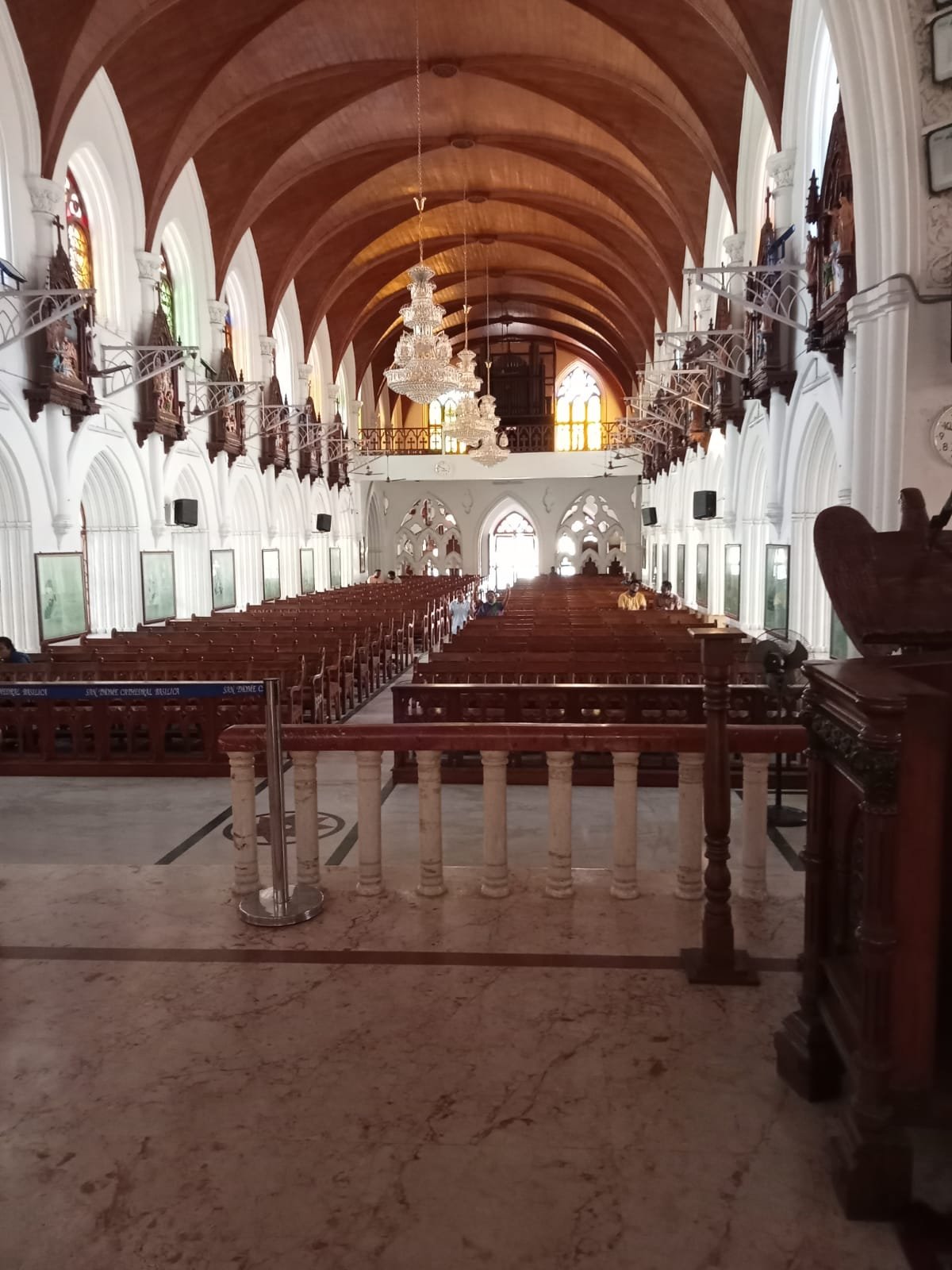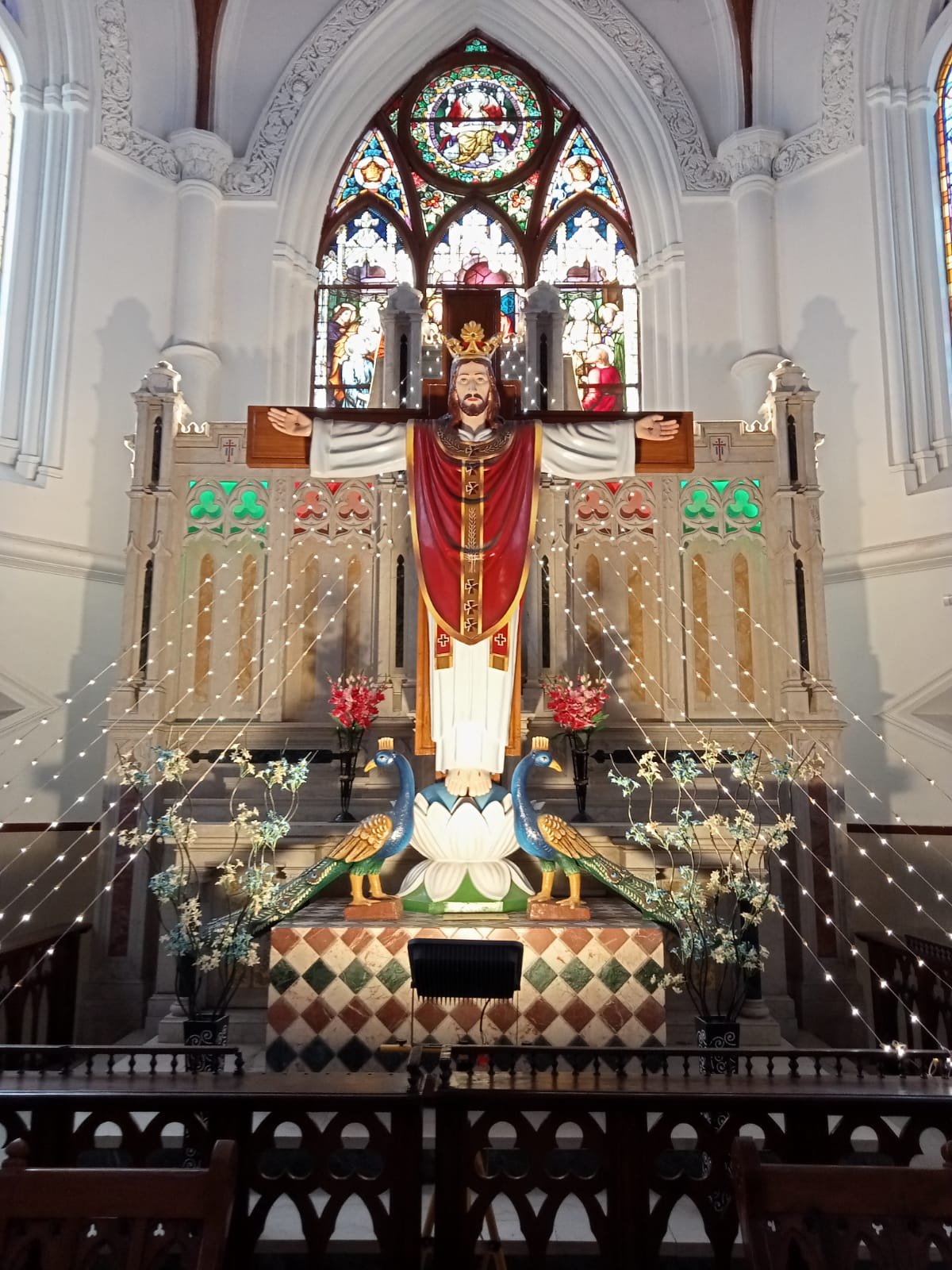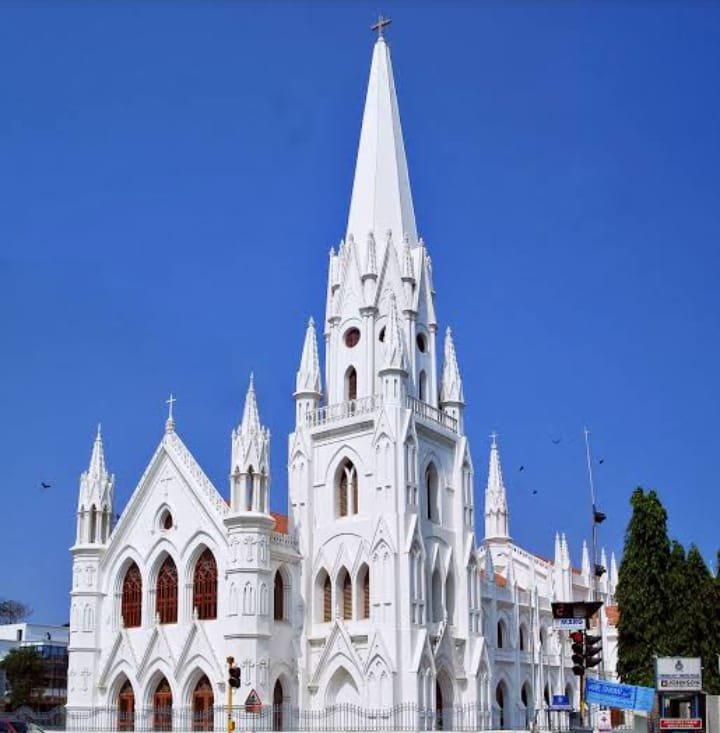St. Thomas Cathedral Basilica in India




by Weam Namou
Apostle means “one who is sent off.” It was the name Jesus gave to the twelve disciples he chose to go into the world and preach the kingdom of God and heal the sick. While eleven of the apostles preached mostly within the limits of the Roman Empire, the twelfth, St. Thomas, was assigned to preach in faraway lands, including India. It was during this missionary journey that his caravan passed through Mesopotamia, spreading the good news of Jesus to the people there.
St. Thomas is said to have arrived in the Malabar coast in 52 A.D. The primary religions of India at that time were Brahmanical Hinduism, ancestral devotion of the common folk, Buddhism, and Jainism.
“St. Thomas influenced the people in India spiritually, culturally, and socially,” said Rev. Fr. H. Joe Bala Ph.D., the Rector and parish priest of the Holy Shrine of Our Lady of Health and St. Thomas the Apostle in Chennai, India. “In short, the local culture and the folk traditions of the people got soaked in the Apostle. It’s our pride that we have the tomb here.”
St. Thomas originally built the church in Chennai which later housed his tomb.
San Thome Church, officially known as St. Thomas Cathedral Basilica and National Shrine of Saint Thomas, was built in the 16th century and it was rebuilt in 1893 by the British in neo-gothic style. The British version still stands today and attracts many pilgrims each year. This is one of only three known churches in the world built over the tomb of an apostle of Jesus, the other two being St. Peter’s Basilica in Vatican City (St. Peter) and Santiago de Compostela Cathedral in Galicia, Spain (St. James).
The Death of St. Thomas
St. Thomas was seen as a threat because people started believing him. More importantly, they started believing in Jesus and they began to dislike the Brahmanical cast-oriented religion.
When Thomas converted his wife and son to Christianity, Raja Mahadevan, then king of Mylapore, ordered the disciple killed. Brahmin enemies pursued him from the cave of Little Mount and pierced him with a lance when he reached the Big Mount.
At around 1551, Little Mount, which until then was only a steep rocky elevation, began to be cleared and levelled for the convenience of the pilgrims of his devotees. Today it’s called the Shrine of Our Lady of Health and St. Thomas the Apostle.
The Cathedral is presently monitored and maintained by His Grace the Most Rev. Dr. George Antonysamy, the Archbishop of Madras – Mylapore. On July 1, 2022, his Grace solemnly inaugurated the “Jubilee Year” in Little Mount Shrine, celebrating St. Thomas’ martyrdom.
Under his guidance and encouragement, a lot of initiatives were taken by Rev. Fr. H. Joe Bala, who said, “This special celebration is to cherish the faith and history of our place.”
The Chaldean Connection
Few Chaldeans are aware of St. Thomas’ Cathedral in India. But Asmaa Jamil worked in India for over two years and at one point lived only 10 minutes away from it; she attended its service every Sunday. Jamil, author of the Kingdom of Treasures series, is from Tel Keppe and came to the United States in 1977. She currently lives in Michigan.
At the Little Mount, where St. Thomas was martyred, Jamil was amazed by the number of people visiting the small church and kept thanking God for giving her this great opportunity.
When she visited the St. Thomas Cathedral Basilica during Mass, she saw many tourists and people of different faiths walk in, pray, then leave. “But the faithful focused on the Mass which impressed me,” she said. “After the Mass, I walked towards the altar and noticed glass on the floor. When I looked down, it was the Tomb of St. Thomas.”
Jamil visited the museum devoted to St. Thomas at the back of the Basilica. Below the museum is a small chapel which had a family preparing for baptism. “I remember hearing Aramaic words and felt connected to St. Thomas, the people that were there, and our Lord Jesus,” she recalled.
